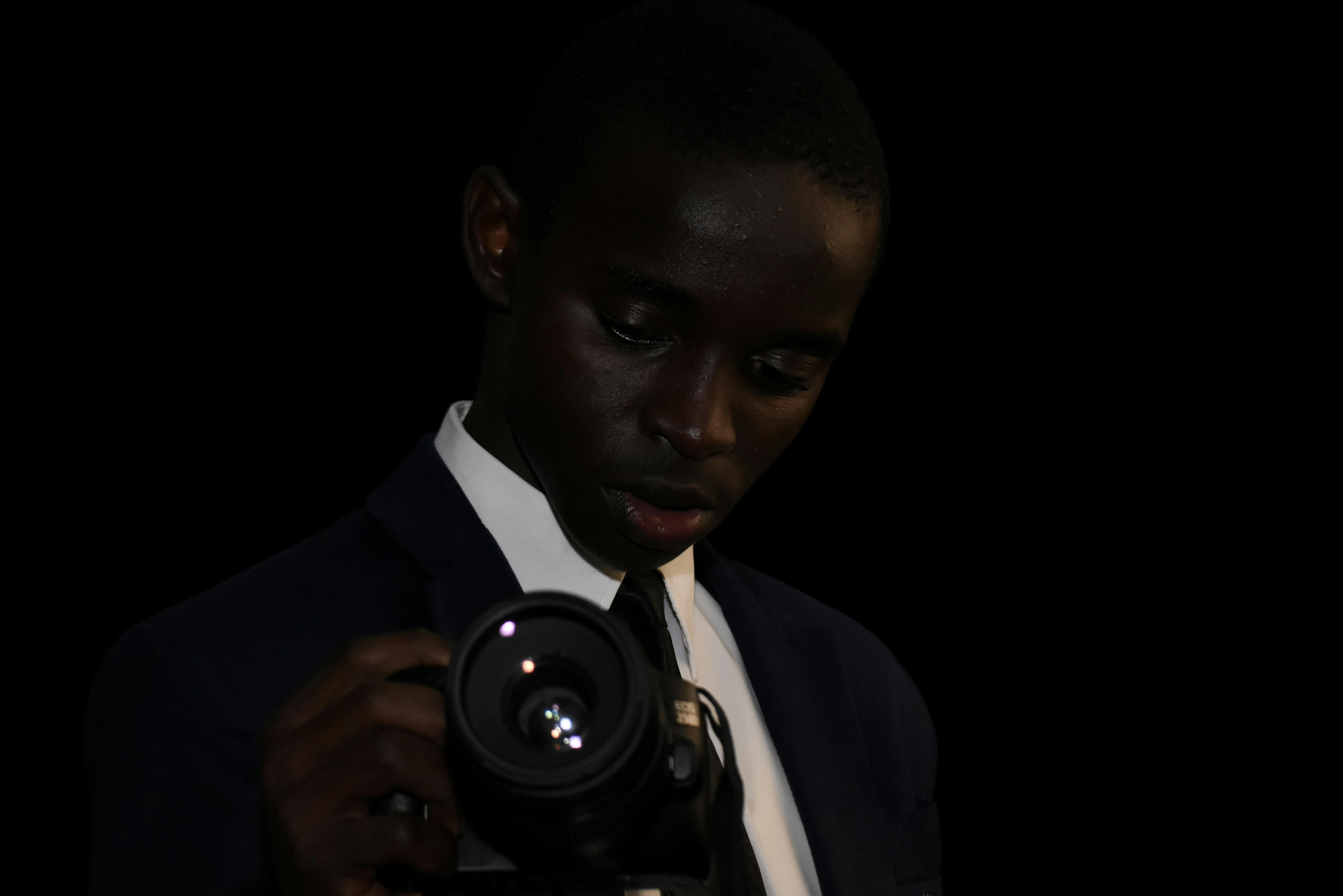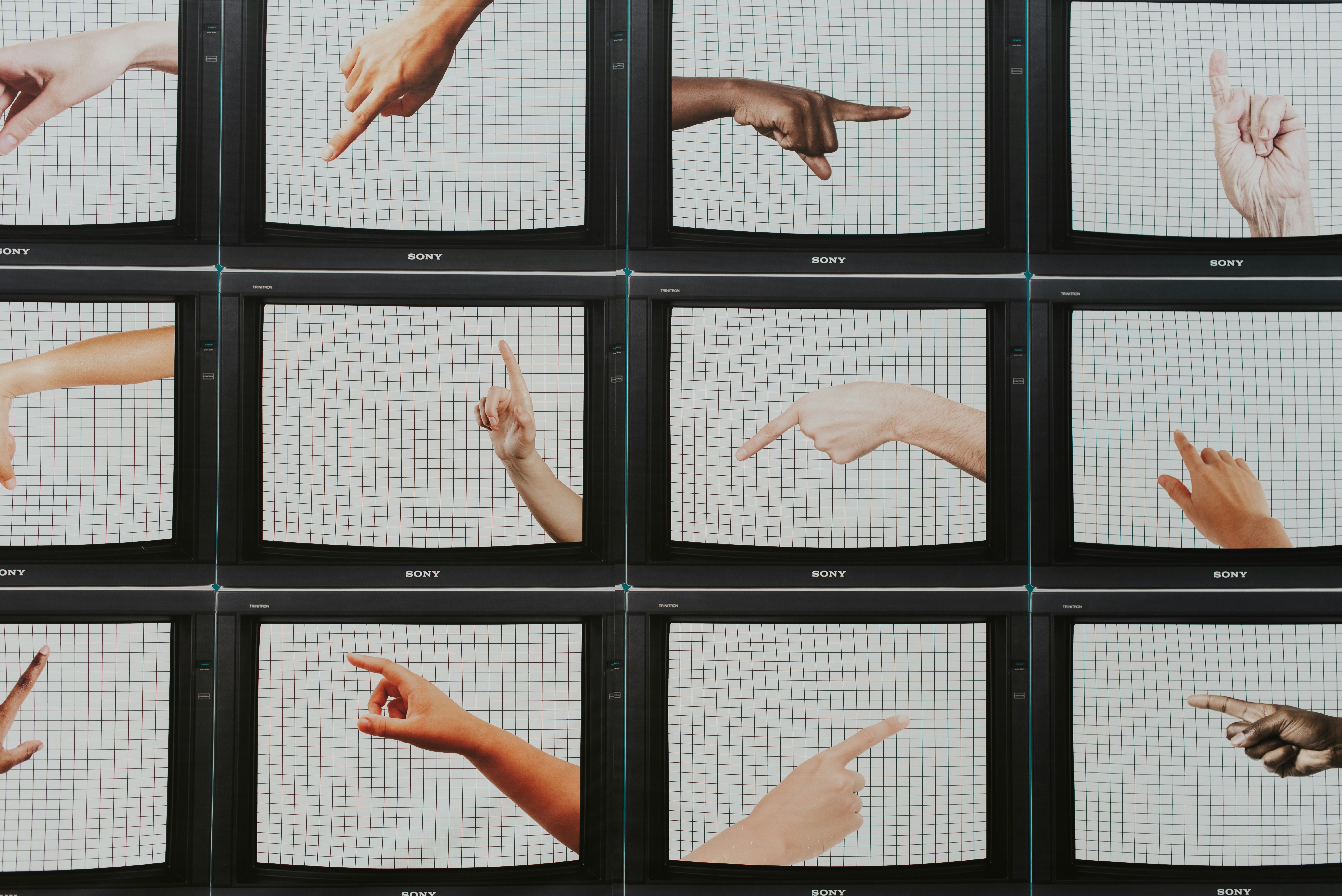Unleash Emotional Storytelling in Photography with Color Theory
In the world of photography, colors do more than just please the eye; they tell stories, evoke emotions, and can even influence viewer perception in profound ways. Understanding the principles of color theory and applying them with the right gear can empower photographers to connect deeply with their audience. This is not merely about snapping pretty pictures; it's about crafting narratives that resonate on an emotional level. If you've ever felt a stirring when viewing a vibrant sunset or a pang of nostalgia from muted pastels, you know firsthand the power that colors wield in visual storytelling.
The Psychology Behind Color Perception
To understand how color theory impacts photography and viewer perception, we must first delve into the psychology of color. Various studies have shown that colors can trigger specific emotional responses. For instance, warm colors like reds and oranges often evoke feelings of excitement and passion, while cooler colors like blues and greens tend to facilitate calmness and serenity. This correlation between color and emotion is a fundamental element photographers should consider when framing their shots.
Additionally, color is often culture-dependent. Western cultures might associate white with purity, while some Eastern cultures might connect it with mourning. Understanding these nuances allows photographers to tailor their work to resonate with specific audiences. For a deeper dive into how these cultural narratives influence photography, check out this insightful article.
Implementing Color Theory in Your Photography
Harnessing color effectively in photography involves a methodical approach. It’s not enough to simply choose colors that "look good" together. Here are some practical tips grounded in color theory that can enhance your photography:
1. The Color Wheel and Schemes
Start with the basics: the color wheel. It consists of primary, secondary, and tertiary colors. When planning a shoot, consider the following schemes:
- Complementary Colors: Using opposite colors on the color wheel (like blue and orange) draws attention and creates a vibrant contrast.
- Analogous Colors: Colors next to each other (like yellow, yellow-green, and green) create a serene scene, particularly good for landscapes or nature photography.
- Triadic Colors: A combination of three colors spaced evenly on the wheel (e.g., red, blue, yellow) can produce a striking palette.
Using these schemes strategically enhances visual impact; for instance, a pop of a complementary color amidst a sea of analogous hues can direct the viewer’s eye to a focal point.
2. The Role of Light
How light interacts with color is paramount. Natural light changes the appearance of colors throughout the day. Golden hour—the period shortly after sunrise or before sunset—adds warmth, softening the colors and enriching the emotional undertones of your images. Your gear choices, such as filters or lenses, can alter how light interacts with colors. Dive deeper into manipulating light in your photography by exploring this post on mastering natural light.
3. Color Grading in Post-Processing
Color grading allows you to enhance or adjust the colors in your photographs after they've been taken. This step can bridge gaps between the intended emotional message and the conveyed story. Software tools such as Adobe Lightroom or Photoshop provide extensive options for color correction, saturation adjustments, and tone mapping. Remember, the goal is not only to accentuate colors but to create a narrative that synchronizes with the emotional journey you want your audience to embark on.
Choosing the Right Gear to Convey Emotion
While understanding color theory is crucial, the lens and camera you choose can significantly impact how colors are captured. Here's how you can align your gear with your creative vision effectively:
Selecting Your Lens

Different lenses affect the colors and depth of field in a photograph. For instance, a prime lens with a wide aperture enables you to isolate a subject against a beautifully blurred background, allowing the colors of the subject to stand out.
Color Temperature in Gear

Modern cameras offer white balance settings to account for varying light conditions. This feature is integral when aiming to control the warmth and coolness of colors. If you're shooting an interior with artificial light, adjusting the color temperature to suit the environment can prevent unflattering hues.
Filters for Enhanced Color

Using color filters can drastically change the mood of your images. For example, a warming filter can enhance the reds and yellows in a sunset or autumn landscape, imparting a more emotional response. Consider investing in high-quality filters to maintain image integrity while achieving your creative goals.
Explore essential camera accessories that every photographer should have by checking this curated list of must-have accessories.
The Impact of Color Choices on Visual Storytelling

Color is a significant player in visual storytelling, impacting how the viewer interprets a narrative. Here’s how to use this to your advantage:
Evoking Emotion through Color

As discussed earlier, specific colors elicit distinct emotional responses. Use this knowledge strategically. For instance, if you want to convey sadness or loss, incorporating desaturated colors or cooler tones can resonate with your audience’s feelings. Conversely, if your goal is to ignite passion or energy in your viewer, employing bright and vivid colors can stimulate that emotional reaction.
Thematic Consistency

Developing a consistent color palette across your body of work strengthens your visual identity as a photographer. This consistency makes it easier for audiences to connect themes and messages throughout your portfolio. Consider setting color limitations within a particular project or series, which can lead to a more cohesive visual narrative.
Practical Applications of Color Theory in Projects

To effectively implement these techniques, consider a few practical projects that emphasize the emotional impact of colors in photography.
Project Idea 1: Emotion-Focused Portrait Series

Create a portrait series that highlights different emotions through color. For each portrait, use a color scheme aligned with the intended emotion. For example, for joy, use bright yellows, while a portrait conveying despair may lean on cooler blues. Use the surrounding environment and backgrounds to enhance these colors.
Project Idea 2: Nature and Urban Juxtaposition

Capture scenes in both natural and urban settings with a focus on contrasting color palettes. Showcase the vibrancy of urban life through its graffiti and neon lights against the calmness of natural landscapes. This exploration can visually narrate the dichotomy between nature's tranquility and urban life's hustle—two worlds often depicted in vastly different color schemes.
Interactive Engagement with Your Audience

With the advent of social media, photographers now have a unique opportunity to engage with viewers like never before. Share behind-the-scenes stories about your choices for color and gear. Conduct polls asking your audience which emotions a specific color palette evokes for them. This interaction not only builds engagement but also enhances the narrative as viewers feel more invested in your stories.
Final Thoughts
Incorporating color theory into photography is not merely an artistic decision but a strategy to amplify emotional storytelling. By understanding how colors affect perception, investing in the right gear, and creatively applying these principles, photographers can craft images that resonate deeply with viewers. Ultimately, photography is about connection—between the photographer, the story, and the audience. As you embark on this colorful journey, don’t forget to embrace experimentation, learning, and refinement in developing your unique voice.
Explore further dimensions of storytelling by checking out this article on soundscapes and stillness, which details how audio elements can enhance your photographic narratives.









